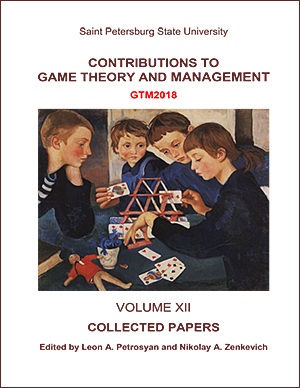The Relationship Between the Board Composition and the Level of IPO Underpricing in Russian Companies
Abstract
Traditionally, the phenomenon of IPO underpricing is commonly explored in relation to financial and operational performance metrics. In this study we consider the relationship between the level of IPO underpricing and internal corporate governance mechanisms. We analyze the relationship between the board composition and the level of IPO underpricing in Russian companies, who had undergone an IPO in Russia between 2002 and 2015. Our findings demonstrate that such characteristics of the board diversity as the management experience of executives and the presence of independent directors with outside directorships in company industries or financial sector are negatively associated with IPO underpricing.
Keywords:
Board composition, IPO, underpricing, corporate governance, Russia, board diversity
Downloads
References
http://doi.org/10.1016/S0304-405X(03)00109-0
Publication of the Higgs Review of the Role and Effectiveness of Non-executive Directors in January 2. London Business School.
Downloads
Published
How to Cite
Issue
Section
License
Articles of "Contributions to Game Theory and Management" are open access distributed under the terms of the License Agreement with Saint Petersburg State University, which permits to the authors unrestricted distribution and self-archiving free of charge.




